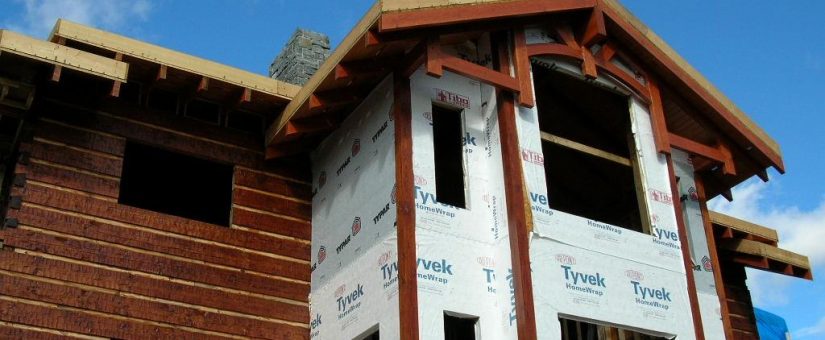
5 Ways Log Homes Provide Superior Energy Efficiency
- On September 7, 2024
What Thermal Mass Does for Energy Efficiency in Log Homes
Log homes take advantage of the thermal mass properties of solid log walls. This means they can store heat during the day and release it at night, reducing overall energy consumption. The solid wood used in log homes provides natural insulation, contributing to their high energy efficiency.
Why should you insulate a wooden house?
First, insulated log cabins are more secure from heat and cold leaks. This is a key reason why maintaining a comfortable temperature is easier and more cost-effective. The natural thermal insulation of a log cabin means fewer insulation layers are necessary, making it advisable to insulate your log home.
Second, insulated log houses are popular for their numerous benefits – the natural climate within a log cabin provides comfort and positive energy. Additionally, heating bills during winter are significantly lower for insulated log cabins.
Before beginning any insulation work, it’s important to note that newly constructed log cabins tend to settle and move during the first year. Ignoring this fact could result in having to repeat or redo the insulation and other related tasks.
What insulation materials are recommended?
Professionals suggest several materials for insulating a wooden house. One highly recommended option is stone wool, which often insulates wooden structures better than other materials. It is an affordable yet high-quality, time-tested insulation material that helps reduce the energy needed for heating and cooling log homes.
Superior R-value and Heat Flow Management
Log walls have a higher R-value compared to conventional homes with stud walls and drywall. This makes them effective at managing heat flow, minimizing heat loss, and maintaining comfortable climates inside the home. Log cabin exterior walls perform exceptionally well in reducing air leaks and improving overall thermal resistance.
Sustainable Building Materials and Practices
Using timber in log home construction is not just about aesthetics; it’s also an eco-friendly choice. Solid wood‘s durability and low conductivity make it an excellent building material for keeping log homes energy-efficient. Compared to stick-built houses, timber homes require less energy during both construction and occupancy.
Compliance with Modern Building Systems
Modern log homes meet stringent building codes for energy efficiency set by the National Association of Home Builders and the Department of Energy. Homeowners can benefit from additional insulation techniques like caulking, chinking, and on-site adjustments to minimize air infiltration further. Energy codes ensure that log homes are equipped to handle various climates efficiently.
Enhanced Energy Savings with Advanced Technologies
Log home builders are integrating new technologies to improve the energy performance of these traditional structures. By adhering to standards such as Energy Star ratings and collaborating with organizations like the National Bureau of Standards, log home living has adapted to modern sustainability demands. The use of advanced home design practices ensures that these homes are not just beautiful but also incredibly efficient.
With these features, it’s clear that log homes provide significant advantages in energy efficiency, making them a wise choice for environmentally-conscious homeowners wanting less energy consumption without compromising on style or comfort.
Ready for an energy-efficient log home? Call 800-970-2224 to explore designs and start building your sustainable dream home.

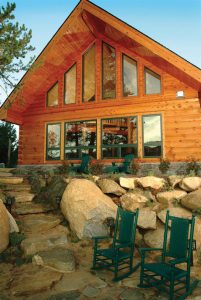
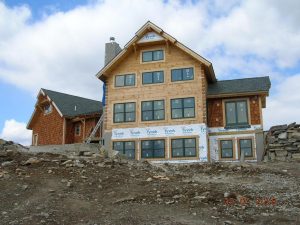
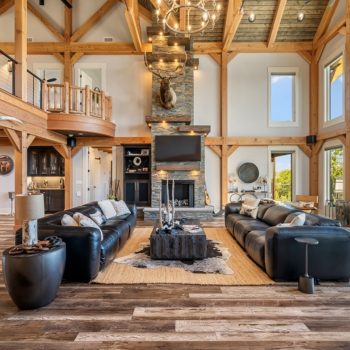
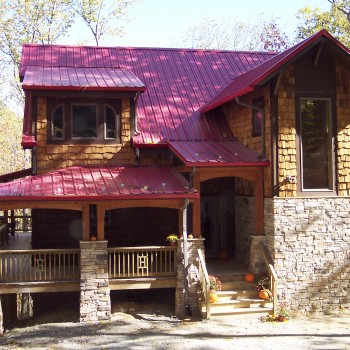
0 Comments